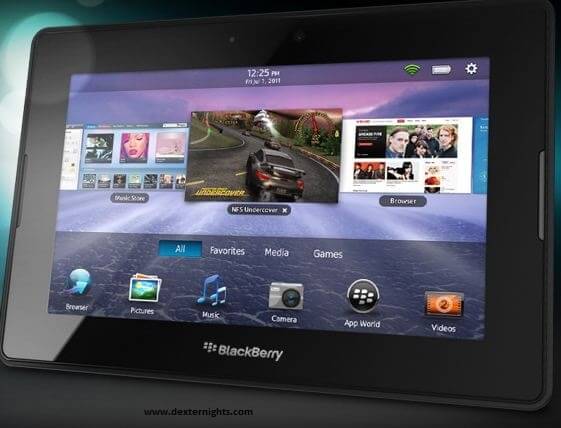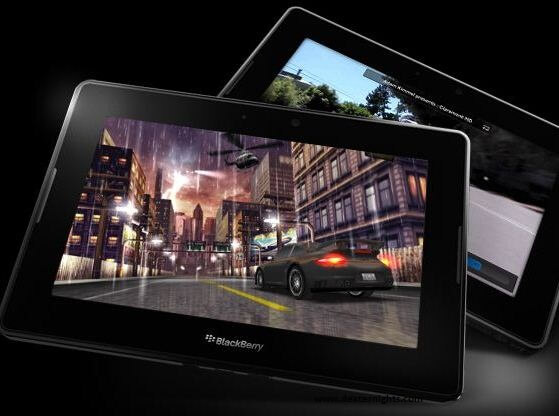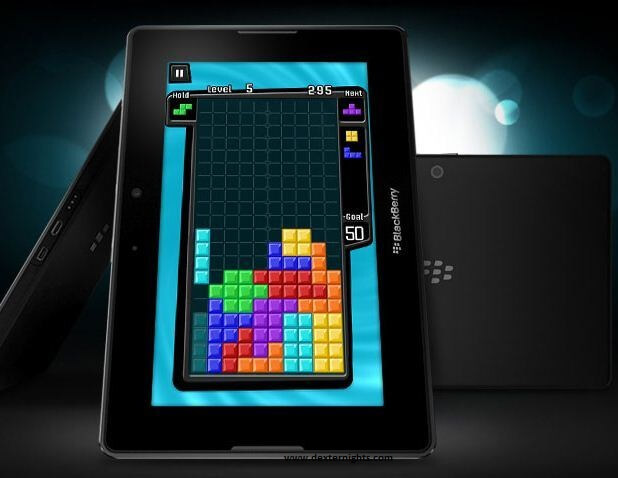Apple’s iPhone is currently the king of Smartphone Jungle, there is serious push from users in consecrations for its adaptation. And many have written articles regarding the improved security features etc.
But in terms of usability of some of its basic enterprise features iPhone is still lacking in a big way. I was quite surprised by lack certain features in the iPhone when I had the opportunity switch from Blackberry to iPhone 4.
When Apple first launched iPhone, people who live on Blackberry questioned how can you seriously expect someone to type on a touch screen keyboard, but it wasn’t bad after all, and people quickly adapted to the virtual keyboard. But now after a few years if you take iPhone its email still lacks ability fine tuning. Like customizing alert/notifications for a different mail accounts, having a different setting for accounts/messages etc. Even a proper profile management for sounds/alerts , which is available in almost all basic phone is hard to find in iphone.
These are just few examples but there are many little things, and makes me wonder if Im using a Beta product.For many it might look silly, how could these features affect enterprise usage, but in the competitive world missing an important message is as bad as getting disturbed by a silly message in middle of a meeting. And these fine nuances will definitely irritate serious users.




